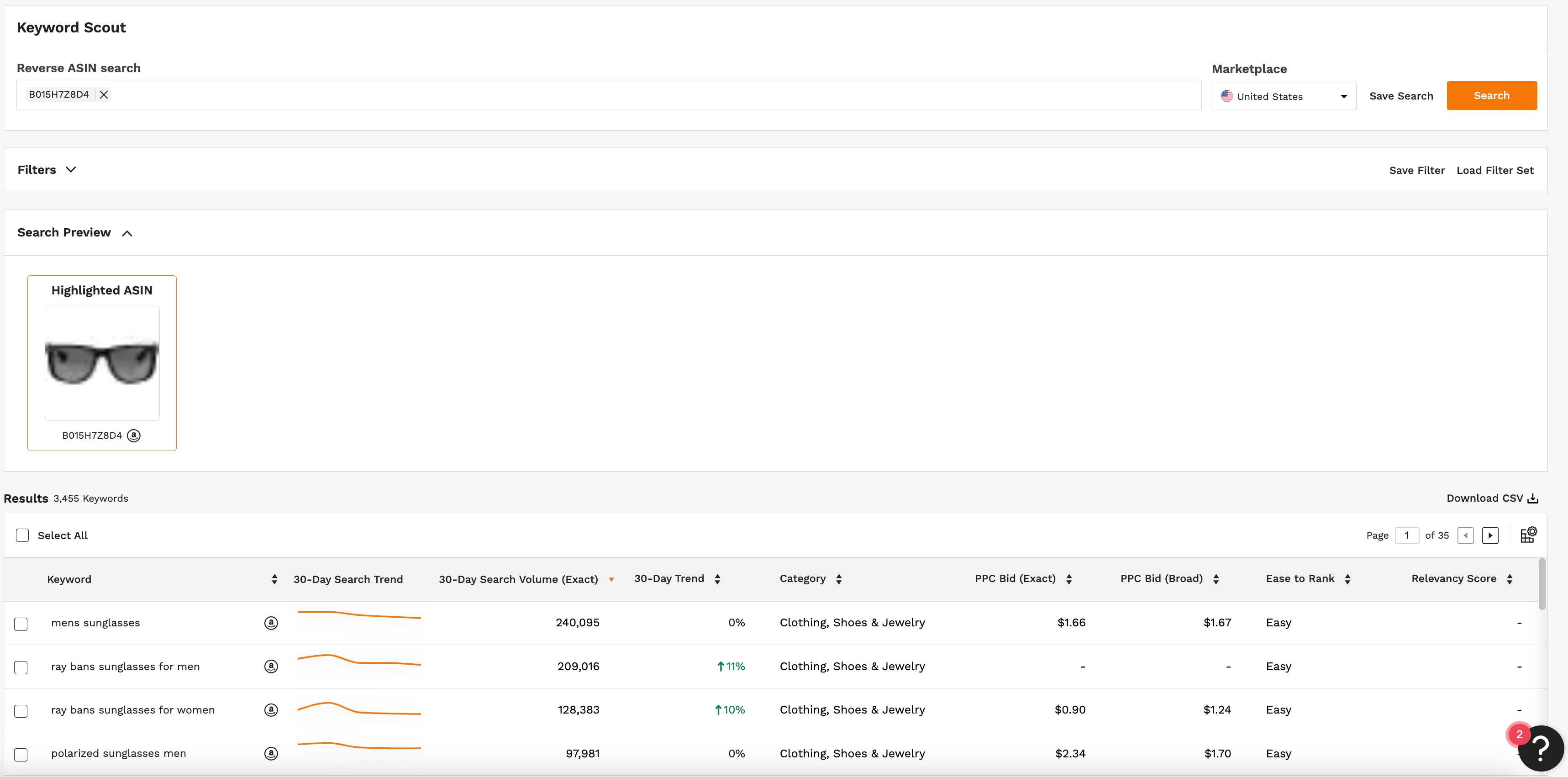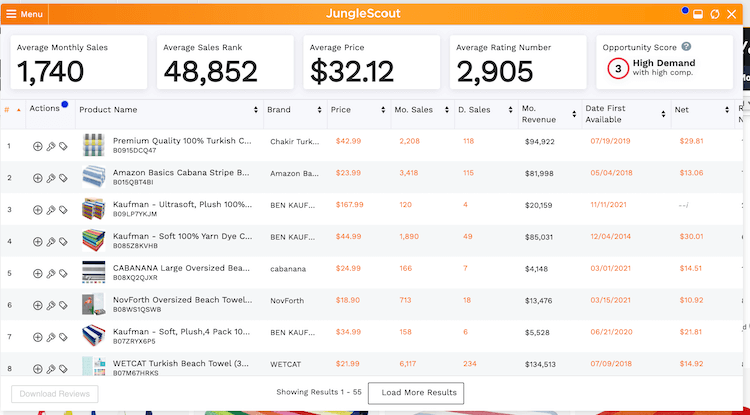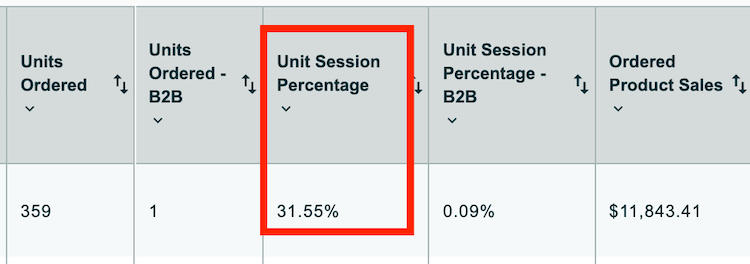To launch a successful product on Amazon, you need to understand SEO on Amazon. More specifically, Amazon’s A9 Algorithm.
While Amazon doesn’t tell us exactly how their algorithm works, we know that Amazon wants to put products in front of relevant customers who convert into sales.
If your product is not relevant to a search or does not convert well, the A9 Algorithm won’t show your product high in the search results.
In this article, let’s go over the Amazon A9 Algorithm, what factors the algorithm looks for, and how to rank your products higher on Amazon.
What is Amazon’s A9 Algorithm?
The Amazon A9 Algorithm is the system that powers the Amazon search engine and determines which products to rank within the search results. Amazon’s algorithm works similarly to other search engines where it displays results based on keyword search — plus a couple of other factors.
Remember that Amazon’s goal is to sell products. The algorithm will prioritize high-performing ASINs versus those that are simply stuffed with keywords. Your products must convert well after a customer’s search, or Amazon will move you down the ranks.
What factors does Amazon’s Algorithm look for?
There are a couple of different factors the A9 Algorithm considers.
The algorithm is constantly learning and changing, but from what we’ve tested, the algorithm loves conversions. Conversions tell Amazon that the product bought is exactly what the buyer searched for.
The more your listing converts, the more likely you will rank for relevant keywords.
Keyword relevance
If Amazon doesn’t know what your product is, how can they rank you for it? The keywords used throughout your listing help Amazon determine what your product is and what it does.
If Amazon believes your product is relevant to a customer’s keyword search, it is more likely to appear within the search results.
Keywords are one of the most critical aspects of your Amazon product detail page. Customers won’t find or buy your product without them — but how do you find the right keywords?
Using our Keyword Scout tool, you can find relevant, high-volume keywords to include within your listing to improve SEO. Use these keywords in your title, bullet points, description, and backend search terms.
A powerful way to use the tool is to conduct a reverse ASIN search of one of your top competitors’ ASINs. By doing so, Keyword Scout will show you the keywords that specific ASIN is ranking for.

Need more proof that keywords are essential? This statement comes directly from Amazon:
“Customers must be able to find your products before they can buy them. One way customers find your products is to search by entering the keywords, which are matched against information such as title and description that you provide for a product. By providing relevant and complete information for your product, you can increase your product’s visibility and sales.”
Sales velocity
It’s no secret that the more products you sell, the higher your products will rank. The algorithm wants to see products consistently being searched for, viewed, and purchased. Amazon will not rank products that get high impressions but low conversions.
If you have a brand new product, an efficient way to improve your sales velocity is to launch sponsored advertising campaigns. By targeting relevant keywords in your niche, you will reach new potential customers within the search results.
If the keywords you target within your sponsored ads campaign convert well, that will help increase your organic keyword ranking and organic sales, improving your keyword relevance.
How many sales is enough? That depends on the product you’re selling and the size of the market. To get a good idea of how many sales you need per day to rank highly in the search results, use the Jungle Scout Extension. Here, you can see how many sales your top competitors receive per day.

If you can achieve similar sales velocity as your competitors, Amazon will likely reward you with a high search position, depending on the keyword.
Conversion rate
If your Amazon listing is getting a lot of views (or impressions) per month but is not converting into sales, Amazon sees that as a problem. The algorithm will not prioritize your listing and show it to potential customers as they want to be sure a sale will happen.
While there isn’t a specific “target” conversion rate you should aim for, you want it to be as high as possible. To increase this rate, you must ensure your listing is optimized for conversions. This includes optimizing your product images, title, bullet points, description, A+ content, and price, and working on growing your review count.
It is more likely to convert into a sale when your listing is fully optimized with relevant keywords, informative content, and competitive pricing.
How do you find your product’s conversion rate? In Seller Central, go to the “Reports” tab and click on “Business reports.”
Then, click on “Detail Page Sales and Traffic By Child Item.” Look for “Unit Session Percentage,” which is your conversion rate.

How to optimize your Amazon listings
Proper Amazon SEO optimization is needed to increase your conversions and ultimately increase your keyword ranking. A few components on your listing will improve the relevance, sales velocity, and conversion rate.
This includes:
- Product title
- Images
- Bullet points
- Description or A+ Content
- Reviews
- Price
- Inventory availability
- Backend keywords
With all of these components properly optimized, you’ll be well on your way to increasing your sales velocity and conversion rate. Keywords are essential for search, but the title, bullet points, and description copy are also very important.
When crafting your listing, make sure to write compelling and informative content that will help the customer learn more about your product.
To learn more about optimizing your Amazon listings properly, check out our Amazon Product Listing Optimization guide, and check out our recent YouTube video: How To Optimize Listings To Rank on Page #1.
What is the Amazon A10 Algorithm and does it exist?
There’s some debate on the internet whether the “A10 Algorithm” exists. Some sellers started unofficially calling Amazon’s update of the algorithm A10 back in 2020, though there is no such language presented by Amazon.
The fact is, Amazon will prioritize your listing based on the performance of your listings, not based on how many keywords you jammed into the copy (like how the algorithm has worked in the past).
Amazon wants to ensure your products are the perfect fit for their customer’s search queries based on keyword relevance, sales velocity, and conversion rate.
Is your listing optimized for Amazon A9?
We hope this guide gives you a better understanding of the Amazon A9 Algorithm and how it works. Make sure your keywords are relevant — irrelevant keywords will only hurt your chances of ranking.
To find the most relevant and highly-searched keywords, check out the updated version of Keyword Scout.
If you have any more questions, please leave a comment below!

 4 Comments
4 Comments
4 comments on “Amazon A9 Algorithm: How Amazon SEO Works in 2024”